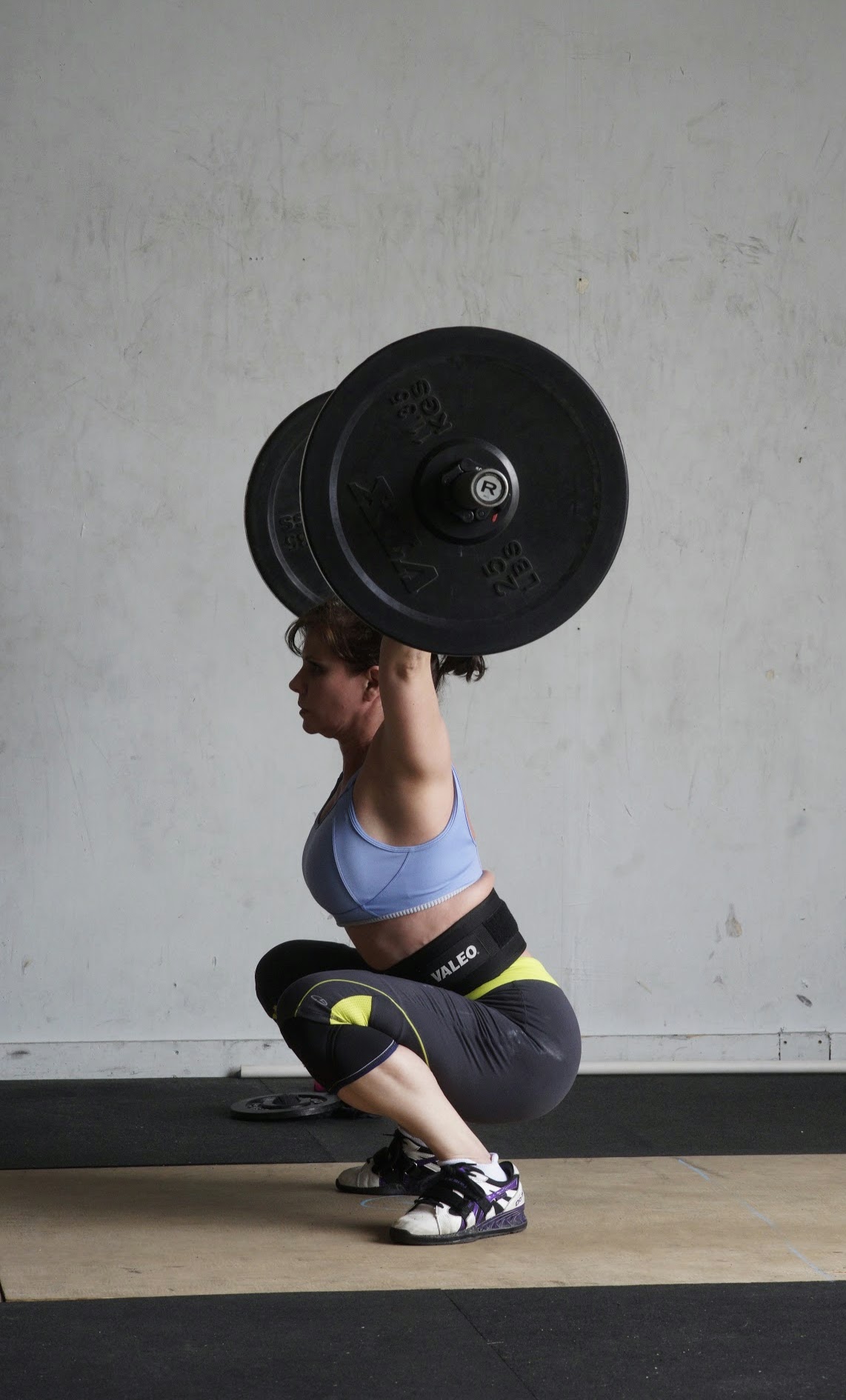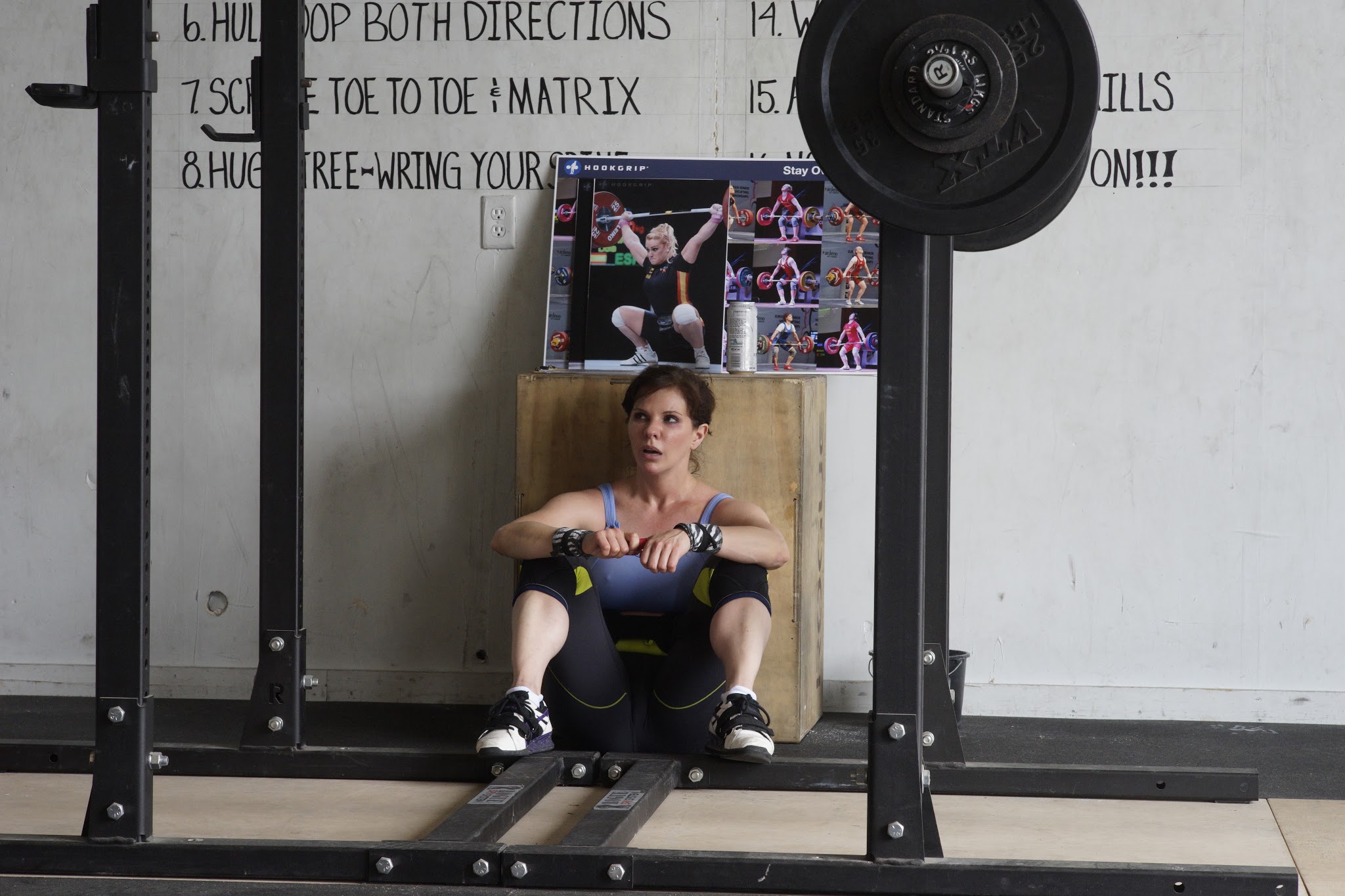This past weekend I traveled from the thriving metroplex of 70,000 people where I live to Kansas City, MO for the Fitness Summit. What is that you asked? A two day conference with presentations by some of the biggest names in fitness writing. And by writing I mean books, blogs, e-products, social media.
I went not as a fitness professional (my day job lets me cut people into small pieces and not get arrested), but as an avid learner. My re-cap:
1) Nutrition– unless you’re an endurance athlete, nutrient timing is probably unimportant provided you are taking in adequate nutrition overall. Immediate carb-protein meals are not necessary if you ate within a few hours before your workout. The 24 hour total seems to be a much more important goal. Having said that, even Alan Aragon drinks a protein shake post-workout to hedge his bets (and I’m not giving up mine coupled with Fig Newtons for carbs, mostly because I just really like Fig Newtons).
Meals act differently than protein powders (which is kind of duh, but worth mentioning). They act like a slow release protein pill vs a more immediately absorbed and available bolus of protein via powder/shake.
There’s a muscle anabolism threshold of 6g leucine which equals about 20g of whey protein, so little dribbles of food/protein aren’t as useful overall.
Calories matter. Period. No bullshit – clean vs. not, paleo vs. PopTarts – calories matter. And the only way to know what your calorie intake is is to know what your calorie intake actually is. Therefore tracking, maybe not for prolonged periods of time but at least until you really understand how much you’re eating, is crucial. My take-away is that if intuitive eating got you fat, your intuition isn’t that good and you should try really examining your diet and quantifying it instead.
2) Self-Assessment – my two favorite talks were by Mike T. Nelson and Dave Dellanave on heart rate variability and biofeedback testing of movements. I have no intuition when it comes to fatigue. I’m of the “if one is good 20 must be better” school. So if training is not going so well, do two-a-days! Which only led to a lot of burn-out and a not so hot performance at nationals. So I’m paying a lot more attention now to the physiolgic “cost” of working out and trying to optimize rest and recovery. HRV gives a nice overview of how your body is doing over weeks and months. Biofeedback testing tells you what the “cost” of doing a movement is in the moment. If you push past what isn’t testing well you’re far more likely to injure yourself. Mike mentioned the iThlete program for tracking HRV (you need equipment, it’s not just heart rate you’re looking at) and Jen Sinkler mentioned BioForce.
3) Exercise – Bret Contreras gave an interesting talk on lever arms, muscle insertion points and why his squat sucks compared to his deadlift (answer – long femurs suck for squatting, long arms are good for deadlifting). Tony Gentilcore gave a nice talk on training women the bottom line of which is that challenging them in the same way you would men seems like a pretty good idea. Give them the same heavy compounds plus pull-ups that you would men. He felt that women tend to be quad dominant and gave some good posterior chain strength variations to counterbalance that.
4) Science – one thing I liked is that there was a lot of discussion about exercise studies themselves. About how they tended to have very small sample sizes (and why), rarely were performed on elite or even advanced athlete and caveats to interpreting the data. The primary caveat was short vs. long term results. Lou Schuler talked about a whole book he had written back in the day based on “scientific” evidence of testosterone and GH rise after certain exercise and how to capitalize on that phenomenon. Except it turns out that it’s a very short term effect and has minimal long term impact on muscle growth or strength development.
5) Fitness Professionals– this may be self-evident to many of you, but fitness professionals are by and large fairly attractive people. This actually surprised me. Why? Because I think of “fitness” as getting stronger and being better, but not really in terms of aesthetics anymore. I know looking good is the main reason most people go to the gym and I’m not totally unaware of being attractive myself, but it’s just not my main focus anymore. And most of my fitness heroes are not shredded beasts. They’re just beasts. So I was surprised to see so many beach-ready bodies.
The interesting thing to me was a snarky comment made by another attendee on Facebook who said something along the lines of “looks like bulking season for everybody. How’s that IIFYM working for you now?”. The aesthetic competitors looked at the same group I did and saw fat where I saw lean, saw unattractive where I saw shapely. Personally that just turned me off even more from the idea of ever competing in bikini or figure (not that I had even the remotest thought of ever doing so). I find a 600lb deadlift attractive, a 440lb clean and jerk, a 1.5lb bodyweight snatch. I’m less impressed by visible muscle striation and body fat so low you can see capillaries. Function over form, performance over pec size. But to each their own.


